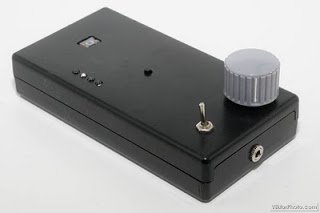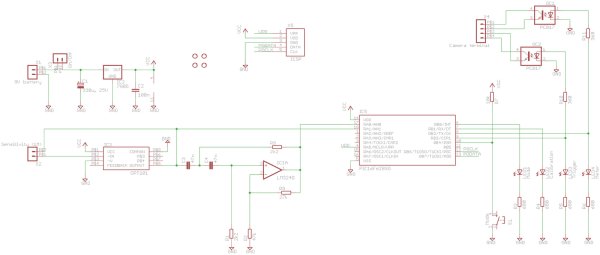Introduction
I have always been fascinated by photographs about lightnings. While it is relatively easily to put a lightning strike in any photograph using image editing techniques 🙂 I still prefer the real thing. Since photography is a hobby of mine, I wanted to be able to photograph lightnings. However, when I tried to do it without any specialized equipment, I didn’t have much success.

I found many similar designs on different web sites and finally I came up with my own, which is – admittedly – very similar to one particular one I found on this photography site (only in Hungarian). I kept most of the design, but replaced the relays with opto couplers and put the whole thing in a plastic box to make it easy to drag around.
If you are interested to make one like this, please e-mail me. I can provide you with customized kits that contain as many or as few components as you need/like (from just a programmed microcontroller to a fully built and tested PCB) to suit your experience/skills. Please note, I do NOT provide the enclosure as it is very time consuming for me to make. The code for the PIC is also available on request.
Hardware
The circuit is based on a 16F628A PIC microcontroller. This is one of my favourite PIC micros and I have used it in several previous projects.
 The cable that attaches to the camera is recycled from an old, cheap camera remote release cable – I just removed the original buttons from it. These remote release cables (for any camera that supports it) can be easily sourced through eBay for a couple of euros. My latest one for Nikon cameras cost around €1,50. The advantage of this is that you don’t have to prepare your own special cable/connector combo for a specific camera, which can be tricky.
The cable that attaches to the camera is recycled from an old, cheap camera remote release cable – I just removed the original buttons from it. These remote release cables (for any camera that supports it) can be easily sourced through eBay for a couple of euros. My latest one for Nikon cameras cost around €1,50. The advantage of this is that you don’t have to prepare your own special cable/connector combo for a specific camera, which can be tricky.
